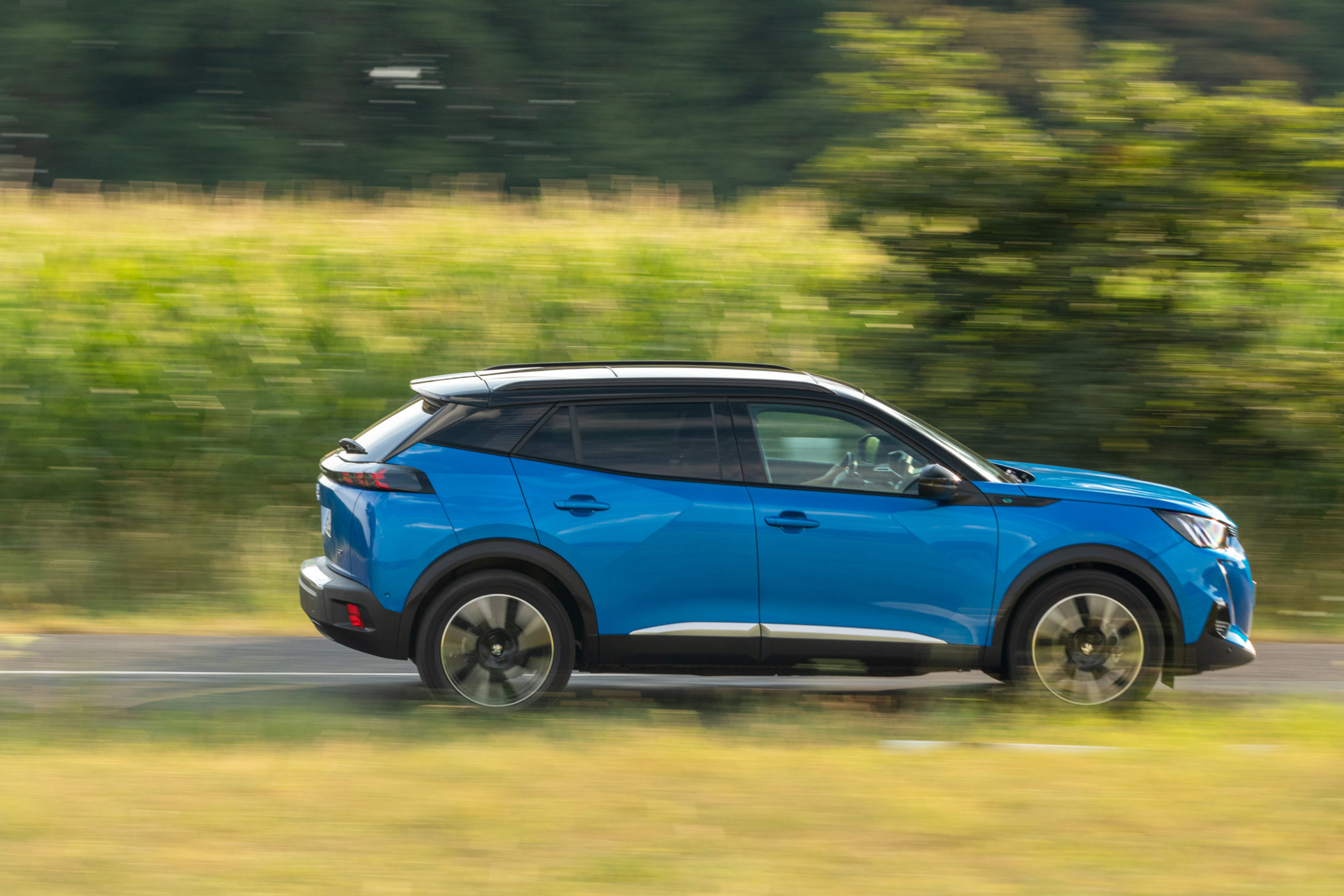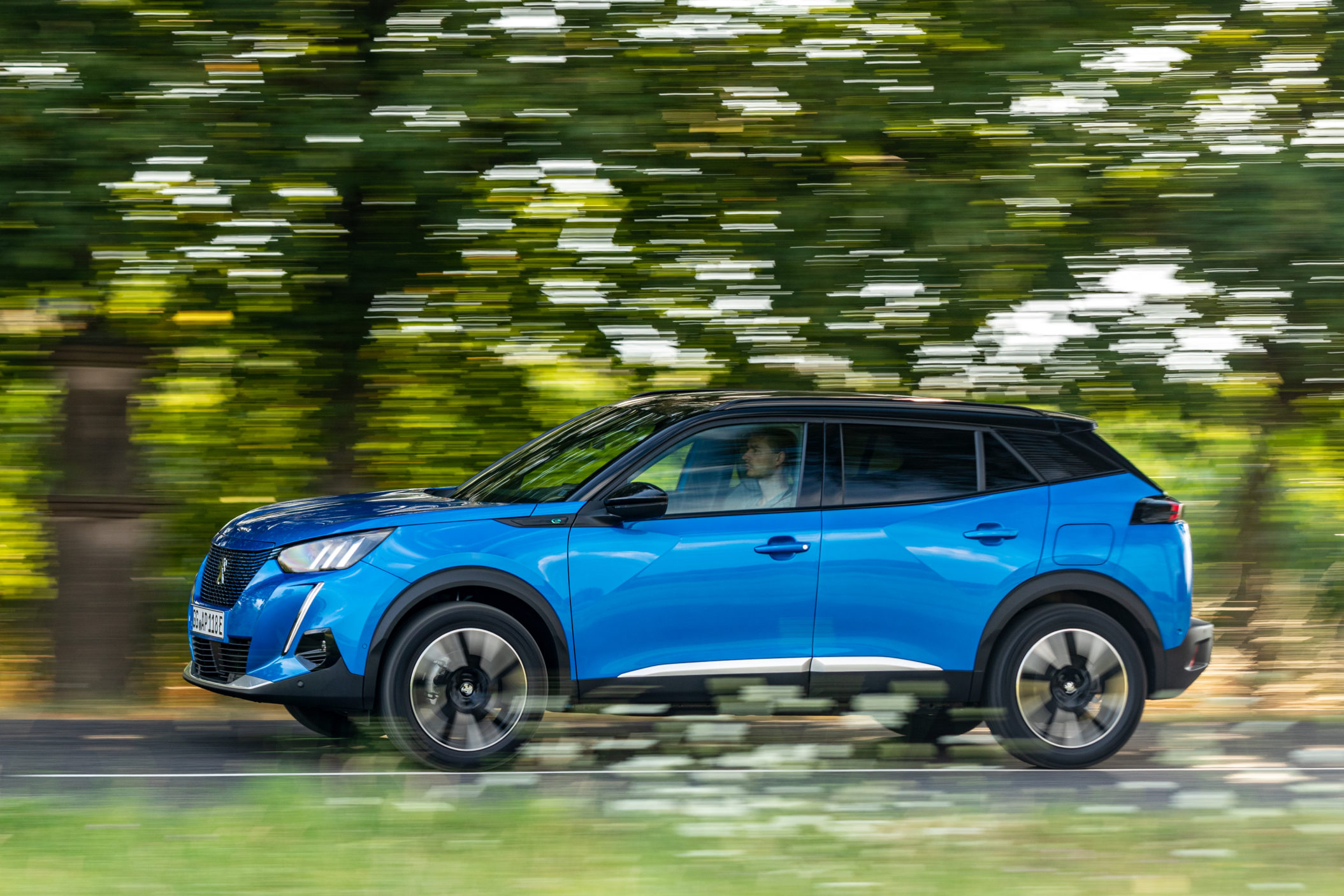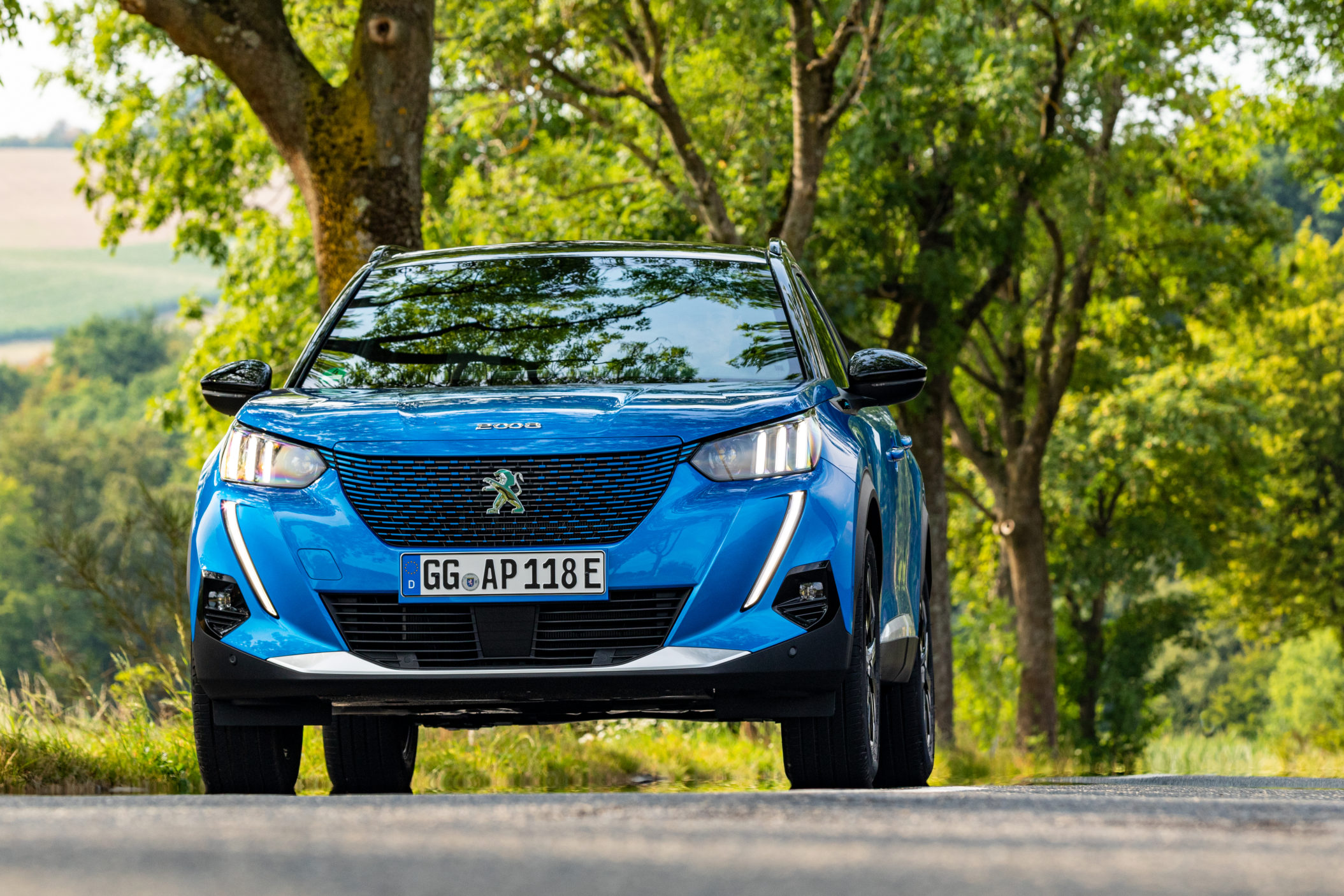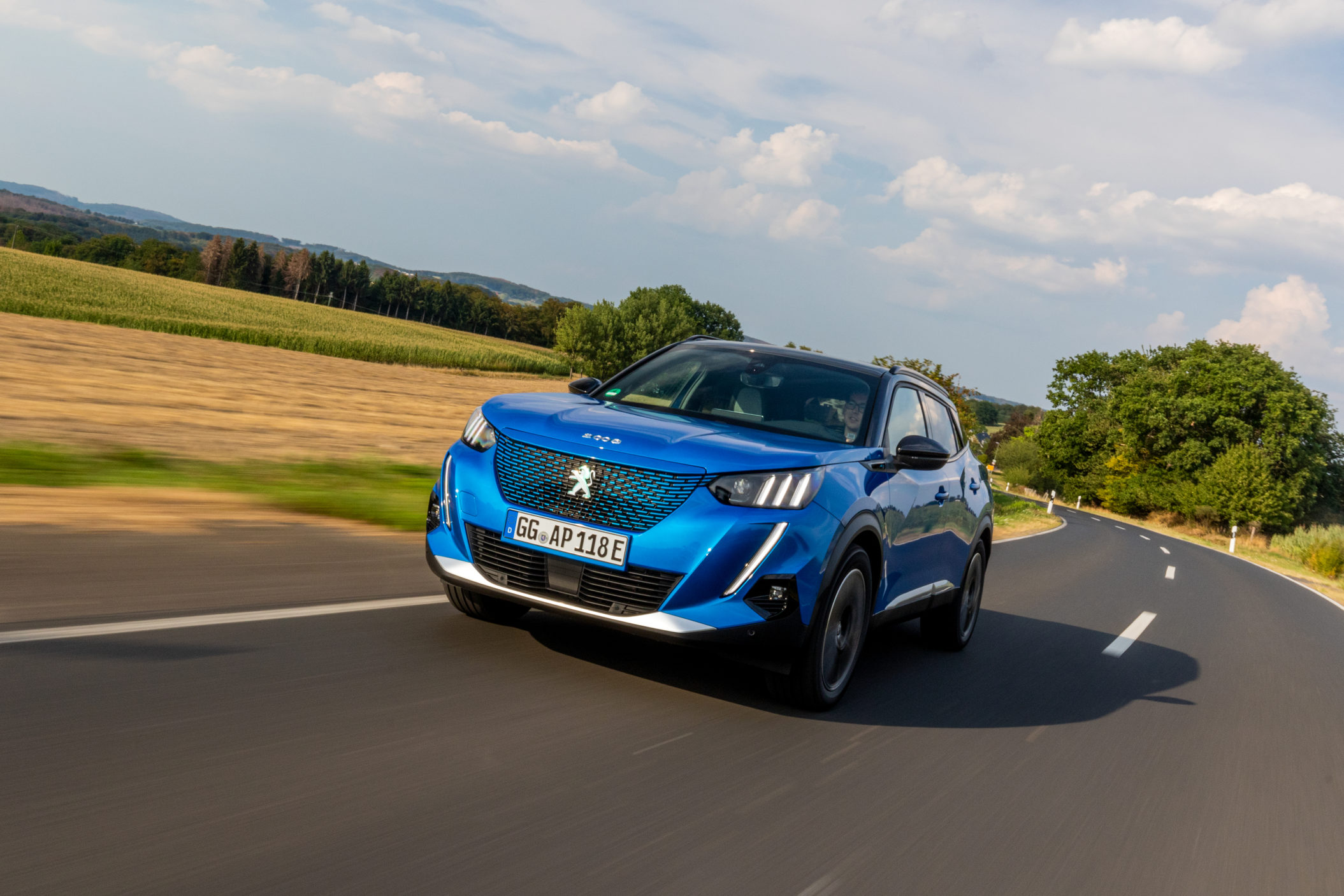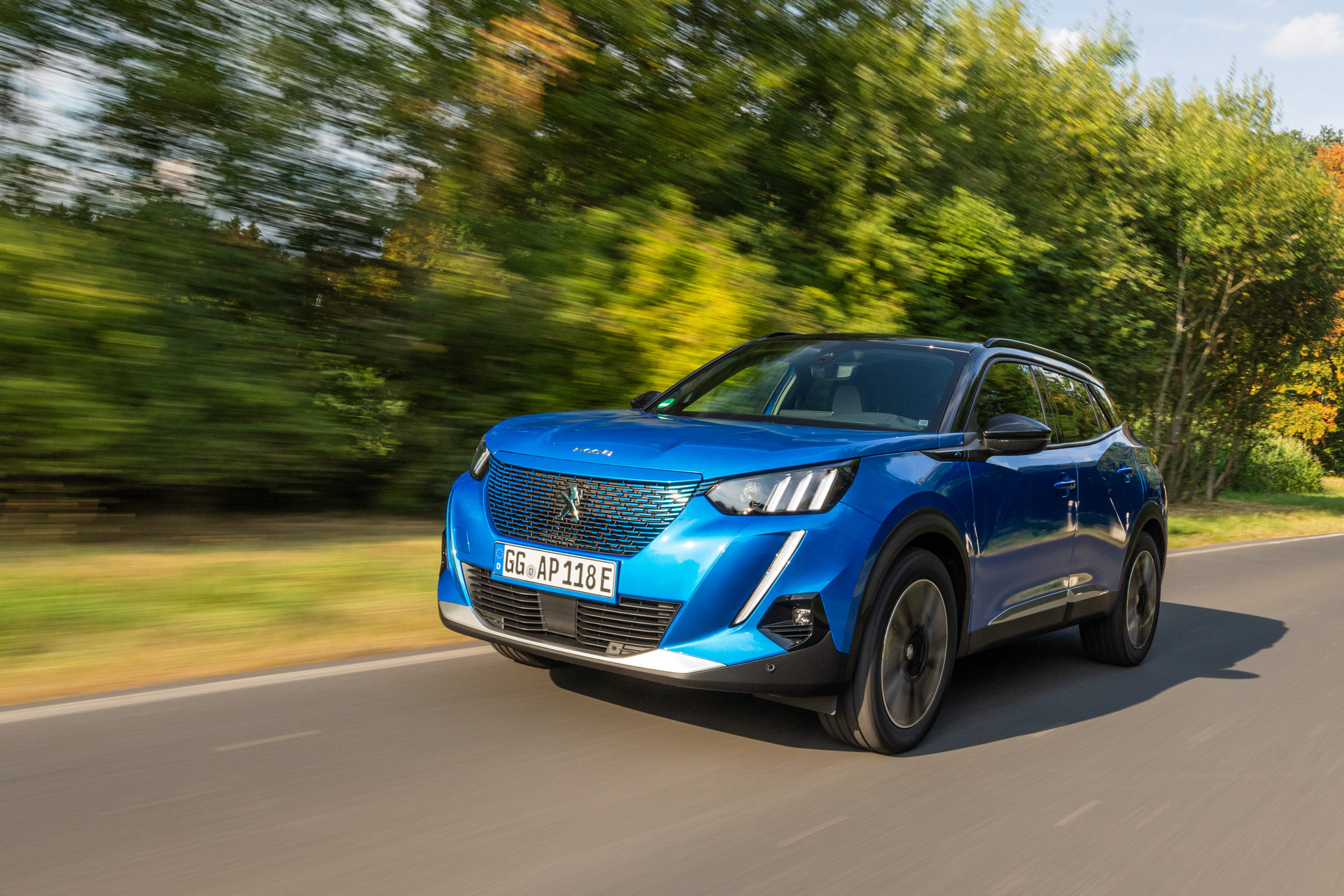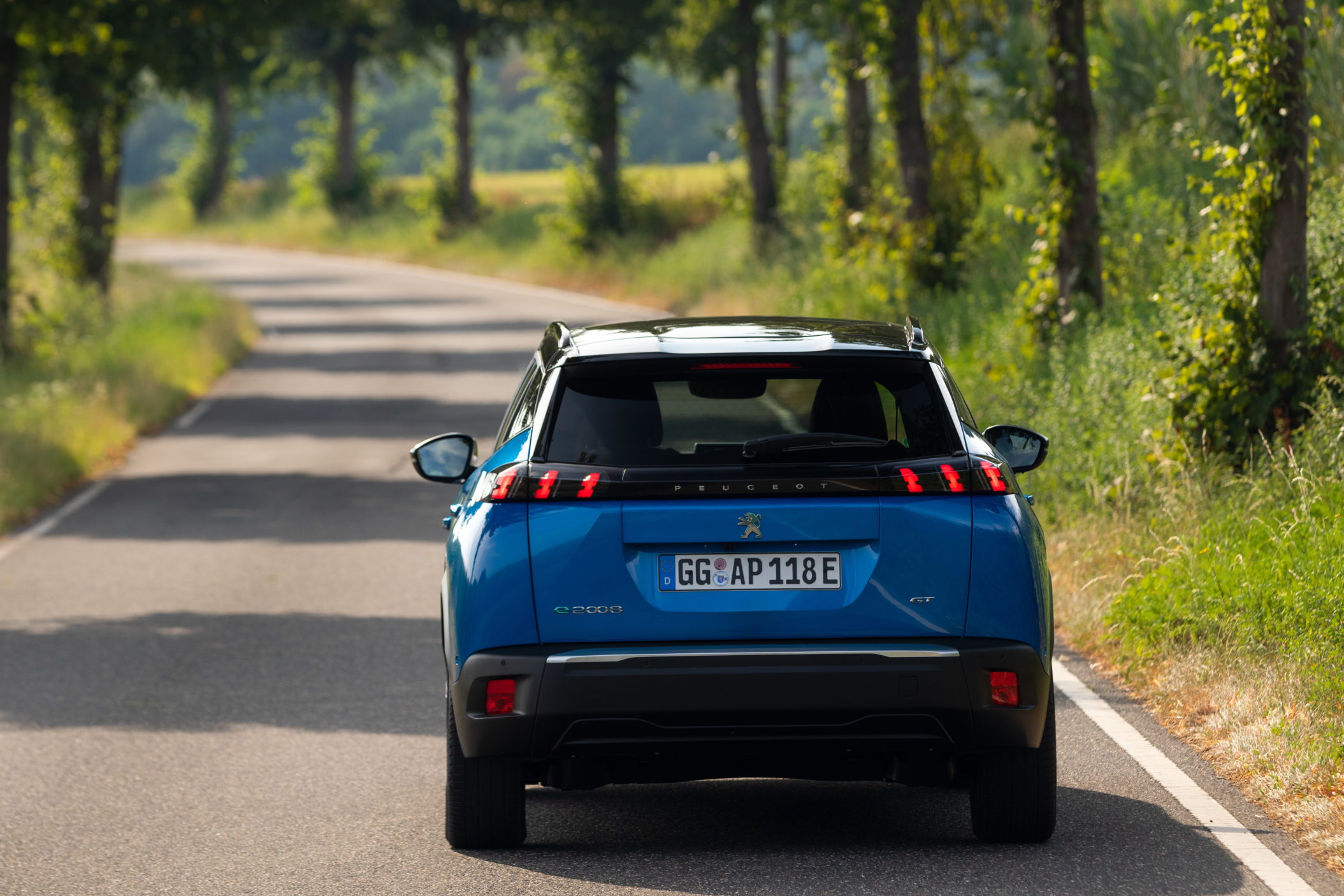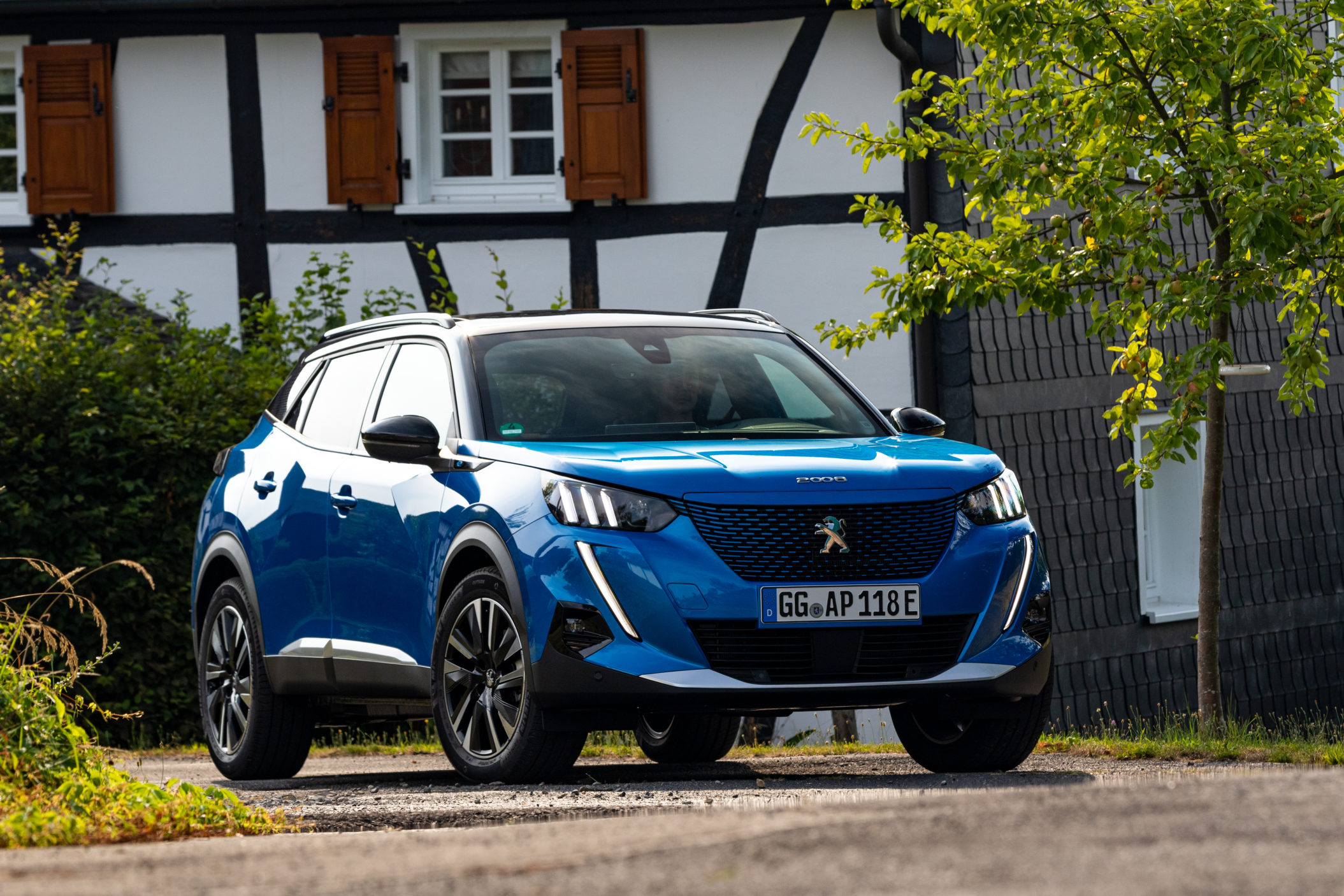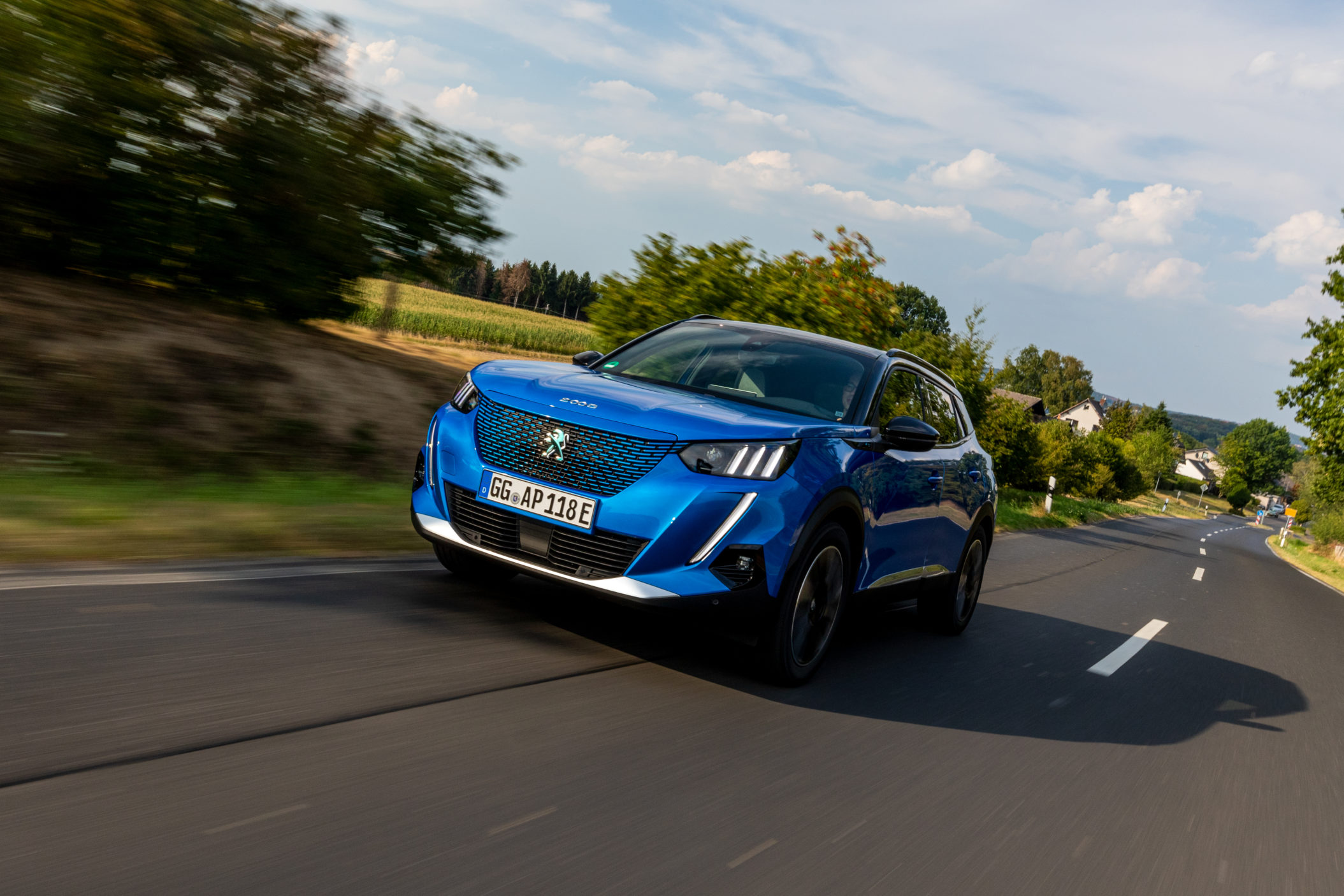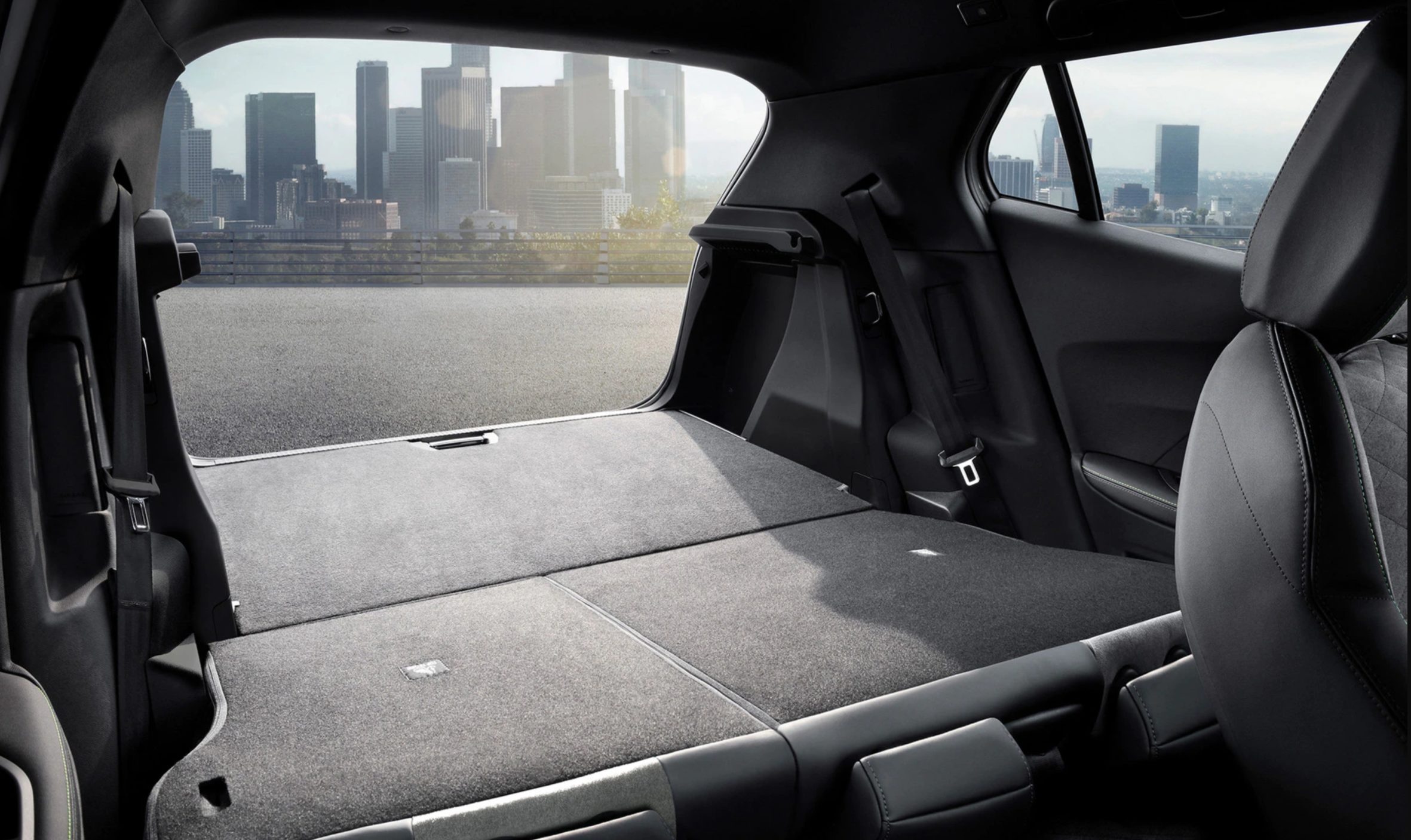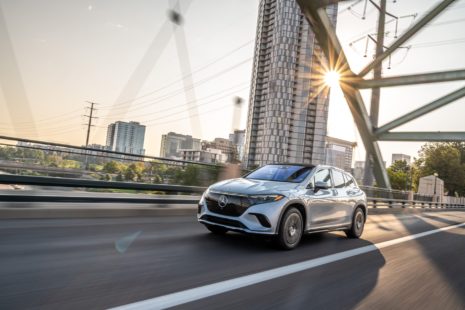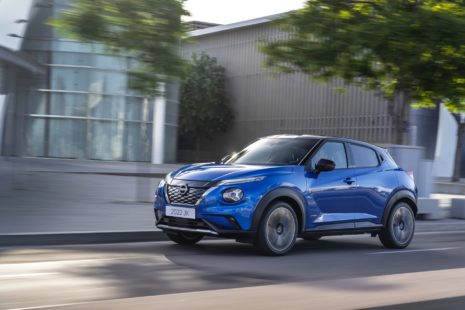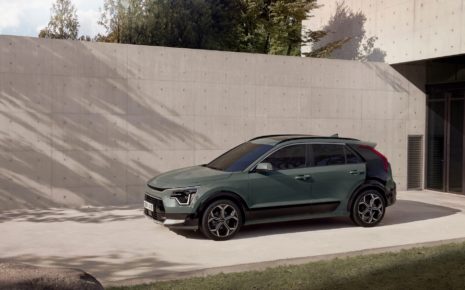Review - Peugeot e-2008
Despite the different powertrains offered, the latest Peugeot models are otherwise virtually identical. The rationale behind this is very simple – Peugeot believes that the buyer chooses the model first and then the powertrain and everything else that goes with it. Basically, this requires only one prerequisite: a well-developed design, and Peugeot has it.
In the case of the e-2008 electric SUV, this model is essentially the e-2008 with a larger body and the main differences lie in size-related details, such as the engine cover, bumpers and fenders. However, the e-2008 has the ruggedness of an SUV.
On the outside, the first things you’ll notice are the “fangs” familiar from recent Peugeot models and the three strips of daytime running lights. But it’s also worth noting the design of the front fascia, where the body colour accentuates the company logo, and the large ‘2008’ above it also has a pleasing effect. Looking straight at the car from the front, it’s clear that a lot of work has gone into it. The sharp angles across the bodywork have also added a strong touch of style to the side lines. A domed, sweeping roofline is not possible here, as there would otherwise be no headroom for the rear row, but the overall appearance, with its long, curved nose, is pleasing. The main eye-catching element at the rear is, again, the three-strip taillights.
When you get into the e-2008, you find yourself in a very familiar world, with a few minor exceptions because for some reason French car designers try to hide some of the features away in a ‘logical’ place. Therefore, it is never a good idea to start driving any Peugeot vehicle straight away, but instead you should check all the potentially necessary functions before you get in, otherwise you will just have to stop the car at some point and go through the same exploration anyway.
When viewed from the driver’s seat, Peugeot’s small electric car resembles an airplane pilot’s cockpit. Lots of buttons and screens. The multimedia 10-inch screen holds a decent amount of information, but the main highlight on this car is the incredibly cool 3D display panel for the driver. 3D in the literal sense of the word, as the information is displayed in several different planes. If you put your hand close to the panel, you can see it’s being reflected off the screen at its top. A simple but simply brilliant solution. Interesting that no one else has come up with this before, but we can expect that other manufacturers will adopt something similar in one form or another fairly soon. As the displays are digital, you can choose which parameters to show and which not to show as you wish.
The steering wheel is small and oval and slightly lower than usual. The displays are visible above the steering wheel, not through it. For taller than average people, this is a convenient solution.
The front seats are uncharacteristically comfortable for the segment, with a decent side bolster. There’s plenty of room. The edge of the e-2008 centre tunnel is also at a normal angle – a foot resting on it won’t tire easily. There’s a large, deep compartment under the driver’s right arm, with cup holders in the front. Since people don’t smoke so much these days, a small recess has been made on the other side of the lid, where you used to hide an ashtray, so you can keep your smartphone in a position where the screen is visible to the passengers. After all, there are so many features on a phone that some can’t imagine life without. It’s worth noting that e-2008 multimedia also supports Apple CarPlay and Android Auto.
Of course, rear seating is tight due to space constraints. But if you can squeeze yourself in, perhaps using your phone will help you pass the time more quickly. To make sure you have battery life, there are two USB sockets next to the vent.
The Peugeot e-2008 handles OK. It’s not sports-car precise, but it’s not a sports car. With empty weight of 1623 kilograms, or 340 – 400 units heavier than an internal combustion engine car, you feel it. However, acceleration from 0 to 100 km/h takes 9.0 seconds, making it almost the most refined modification of the 2008 series. Top speed is claimed to be 150 km/h, which is quite a bit slower than the others. According to the official figures, measured according to the WLTP methodology, the car consumes 16.1 kWh of energy per 100 km. It also promises the car has a maximum range of 320 kilometres. Perhaps, but any acceleration on the road will cause the battery charge to drop rapidly. A rapid charger, on the other hand, should be able to recharge the batteries to 80 percent within 30 minutes. It takes 5 hours to fully recharge the batteries at a charging station and 16 hours on mains electricity supply. Staggeringly long times, but significantly better than was the norm for electric cars just a few years ago.
The cabin is quiet, with little outside noise. You can hear the wind around the front pillar at speeds we’re not allowed to drive. Nowadays, you can even choose quieter tyres, which is something we would recommend for every car. On looser gravel, the suspension will begin to make noise, but nothing special.
The e-2008 is equipped with lane keeping assist. It doesn’t allow you to keep your hands off the wheel for very long, but it holds the vehicle nicely in the middle of the lane. Bus pickups and drop-offs therefore keep the driver’s adrenaline levels up at all times, as the car tends to use them to immediately calculate a new average section of the track for itself. Other features include a parking assistant capable of both parallel and perpendicular parking and emergency braking assistance.
Some key numbers: length 4300, width 1770, height 1535 and wheelbase 2605 mm. Tracks both front and rear 1770 mm. The electric motor has a power output of 100 kW, or 136 hp (only in sport mode, 80 kW in normal driving – all to ensure longer mileage), and 260 Nm of torque. Top speed 150 km/h. Battery capacity 50 kWh. Boot capacity ranges from 405 to 1467 litres – exactly the same as the combustion engine models.

